- VMware
- 26 June 2020 at 18:01 UTC
-

- 1/2
Normally, you use virtual machines from VMware Workstation in window or full screen mode.
But, you can also run them in the background and switch between them via a shortcut key using VMware KVM mode.
- KVM mode overview
- Start VMware virtual machines in KVM mode
- Stop VMware virtual machines in KVM Mode
- Detach a virtual machine from VMware KVM mode
- Switch a VMware Workstation virtual machine to KVM mode
1. KVM mode overview
By default, when you launch virtual machines from VMware Workstation, you will find :
- a "vmware.exe" process that matches the VMware Workstation program that you see
- a "vmware-tray.exe" process that matches the icon next to the time if the "Show tray icon" setting is enabled in VMware Workstation preferences
- a "vmware-vmx.exe" process per running virtual machine

If you go to the VMware Workstation folder, you will find a "vmware-kvm.exe" program.

If you run it without parameters, a "No virtual machine specified" error message will be displayed with the syntax to use "vmware-kvm.exe [OPTIONS] [--] [FILE]" and the list of available options :
- --exit : allows you to exit VMware KVM. This setting is global and therefore doesn't concern a specific VM, but all those running in the background.
- --power-off : allows you to properly shut down the guest OS of the desired virtual machine.
This setting corresponds to the "Shut Down Guest" option of VMware Workstation. - --power-off=hard : allows you to shut down the desired virtual machine (as if you were unplugging the power plug).
This setting corresponds to the "Power Off" option of VMware Workstation. - --suspend : allows you to suspend a virtual machine.
This setting corresponds to the "Suspend Guest" option of VMware Workstation. - --suspend=hard : allows you to force the suspension of a virtual machine.
This setting corresponds to the "Suspend" option of VMware Workstation. - --reset : allows you to cleanly restart the guest OS of a virtual machine.
This setting corresponds to the "Restart Guest" option of VMware Workstation. - --reset=hard : allows you to force the restart of a virtual machine (as you would do by pressing the Reset button on your computer).
This setting corresponds to the "Reset" option of VMware Workstation. - --preferences : allows you to configure different VMware KVM settings, including the shortcut key to use to switch from one virtual machine to another.
- --detach : allows you to remove a virtual machine from VMware KVM mode and let the virtual machine run in the background.
It also allows you to recover a virtual machine via VMware Workstation without having to shut it down in the meantime.

To configure the various VMware KVM options, open a command prompt (cmd) and go to the VMware Workstation folder.
If you have a 32-bit (x86) version of Windows, type this :
Batch
cd "C:\Program Files\VMware\VMware Workstation"
If you have a 64-bit version of Windows, type this :
Batch
cd "C:\Program Files (x86)\VMware\VMware Workstation"
Then, start VMware KVM with the "--preferences" parameter.
Batch
vmware-kvm.exe --preferences
From this "VMware KVM Preferences" window, you will be able to configure :
- Cycle Hot Key : the shortcut key to switch between virtual machines and to return to the host PC.
By default, this is the "Pause" key (also called "Break" on some keyboards). - Allow ungrabbing from virtual machines : allows you to exit a virtual machine using the default shortcut "CTRL + ALT".
- Share the clipboard with virtual machines : allows you to share the host PC's clipboard with virtual machines
- Strech guest : allows you to extend the screen of the virtual machine to fill the physical screen. This allows you to get a real full screen mode.
- Show usage hint on startup : allows you to view tips for using VMware KVM.
- Run on monitor : select the monitor on which you want to use VMware KVM mode.
- When exiting : lets you choose what to do when you exit KVM mode (thanks to the "--exit" parameter).
So :
- Leave virtual machines running in the background
- Suspend virtual machines
- Power off virtual machines

2. Start VMware virtual machines in KVM mode
To start virtual machines in KVM mode, you need to know the path of the configuration file (.vmx) of this one.
In our case, we will use 2 virtual machines.

Here is one of the configuration files in vmx.

First, we'll start the "Windows 8 x64 Pro" virtual machine by typing this :
Batch
vmware-kvm.exe "I:\VMs\Windows 8 x64 Pro\Windows 8 x64 Pro.vmx"
Your computer switches to a VMware startup screen.

A tip "Press Pause to switch among virtual machines and the host" is displayed.

And Windows 8 Pro starts in full screen (although it's managed as a virtual machine).

With VMware KVM, you feel like you're using another PC, while it's a full-screen virtual machine with a few details.
There is no toolbar at the top of the screen as is the case with VMware Workstation's full-screen mode and you can hardly get out of it.
The only options for getting out of it are :
- the hot keys (Cycle Hot Key) to switch from one virtual machine to another and to return to the host PC
- the shortcut key (Ungrab) to release the mouse and keyboard from the virtual machine if the "Allow ungrabbing from virtual machines" option is enabled in the VMware KVM preferences.
This option is activated by default. - use the CTRL + ALT + DEL keys if the host PC is running Windows

If you press the shortcut key shown previously ("Break" by default) and the VMware Tray icon is enabled in your case, you will see that a VMware virtual machine is currently running in the background.
Note : if you don't see this icon, launch VMware Workstation and go to : Edit -> Preferences.
Then, select "Show tray icon: When a virtual machine is powered on" (or : Always).

As you can see, this virtual machine is well managed by VMware KVM (and not VMware Workstation : vmware.exe) with the help of a vmware-vmx.exe process.
The vmware-tray.exe process is simply the icon shown on the image above.

We are launching a second virtual machine using this command :
Batch
vmware-kvm.exe "I:\VMs\Windows 10 x64 Pro\Windows 10 x64 Pro.vmx"

And on the host PC, we see that both are running.

Share this tutorial
To see also
-
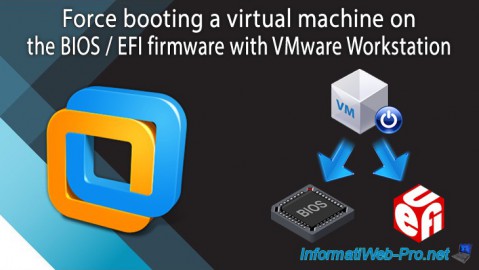
VMware 3/16/2013
VMware Workstation - Boot a VM on the BIOS / EFI firmware
-
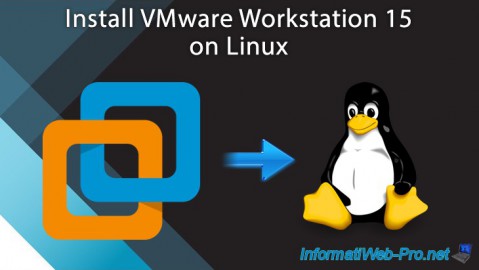
VMware 2/7/2020
VMware Workstation 15 - Installation on Linux
-
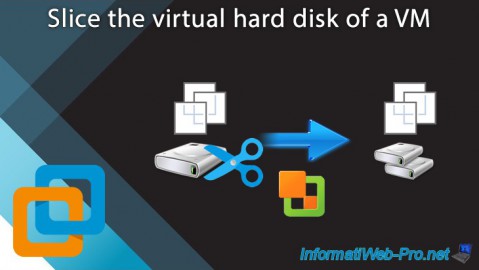
VMware 12/24/2021
VMware Workstation 15 - Slice the virtual hard disk of a VM
-
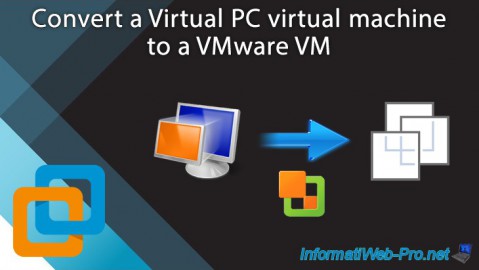
VMware 12/10/2021
VMware Workstation 15.5 - Convert a Virtual PC virtual machine to a VMware VM

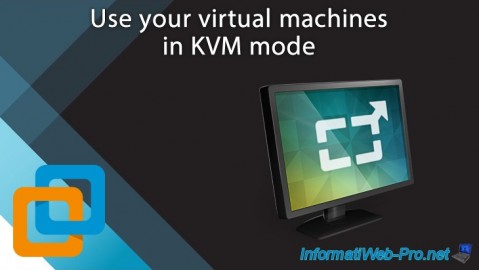
You must be logged in to post a comment